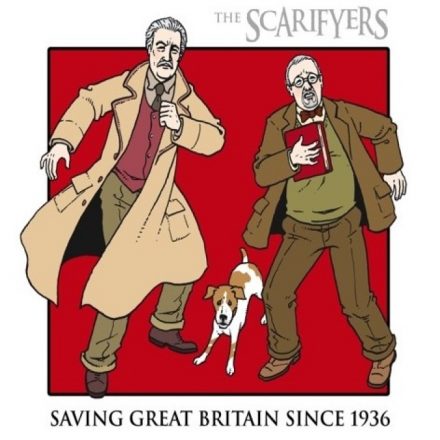Members get information about when streams/downloads become available, as well as accessing podcast RSS feeds for freely-available content to make listening to great shows a breeze, Register Here
There are a number of themes or types or techniques in British comedy that seem to survive any social or political upheaval. We love wordplay, we’re suckers for Double entendre and while animals can be cute or terrifying, they can also make us laugh. In this series Ian Hislop looks back to try and find the first examples of these jokes or comedy genres. We love a good parody but when did that become a thing? Can we really find Anglo-Saxon Double Entendre? You bet we can, and filthy to boot, another trove of British Humour.
He visits libraries, museums and chapels, and also talks to comedy stars and writers of today like Nina Conti, Paul Whitehouse, comedy song writing duo Jo and Joan and parodist Craig Brown.
Ian Hislop examines the earliest examples of British humour. He begins his quest in the dark ages, not known as a well-spring of comic opportunity. Nevertheless, in the pages of the Venerable Bede’s Ecclesiastica gentis Anglorum – Ecclesiastical History of England, there is wordplay. Not only that it’s wordplay that obeys the comedy rule of three and it was potent enough to have a part in the naming of a nation. And how his fellow monks must have laughed.
Episode List
- S01E01 – Wordplay
- S01E02 – Double entendre
- S01E03 – The Drunk and the Bullion Stone
- S01E04 – Visual Humour and Misericords
- S01E05 – The Heege Manuscript
- S01E06 – Animals
- S01E07 – Parody and Sir Topaz
- S01E08 – Any Women here
- S01E09 – Who’s De Hoeghe
- S01E10 – Comic Song



















